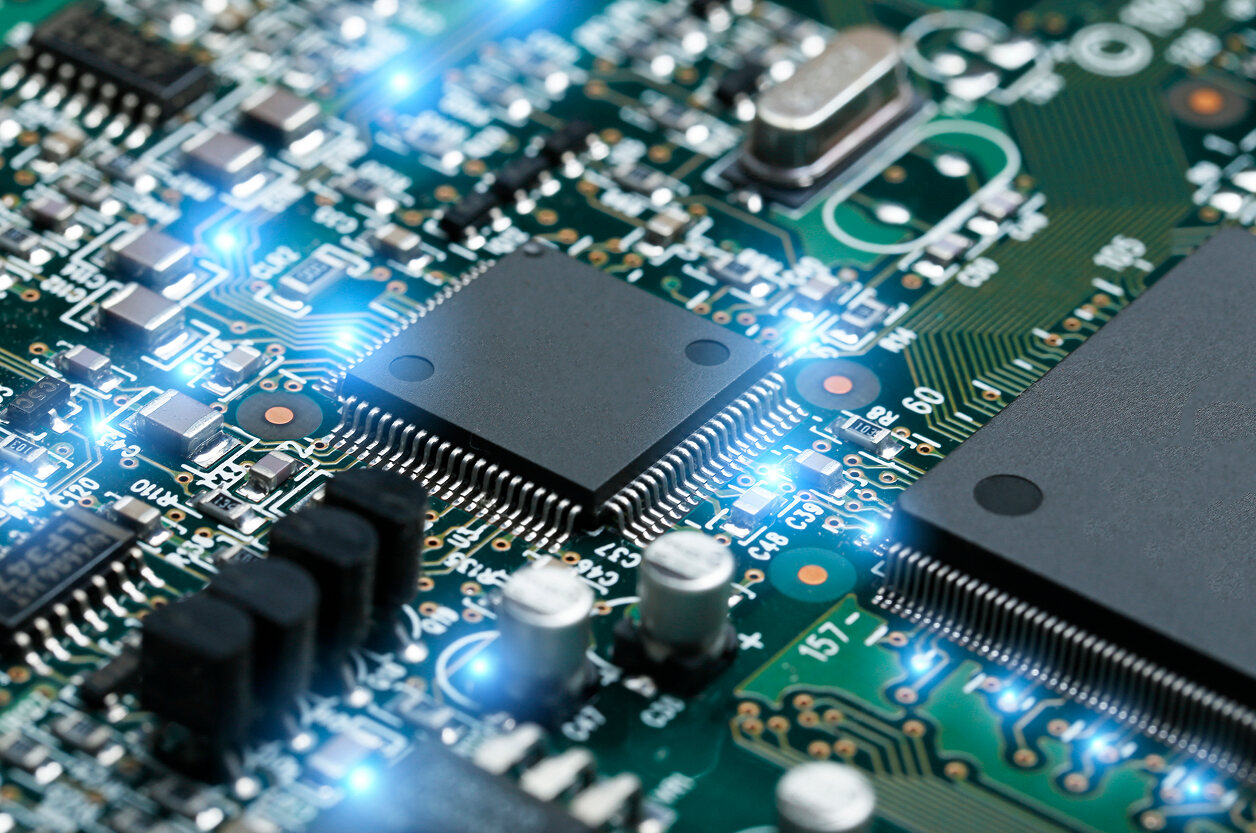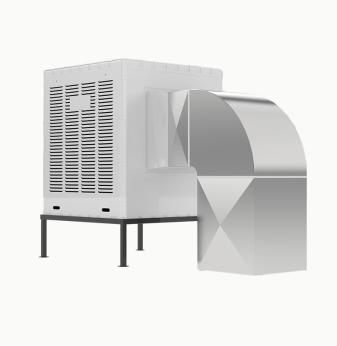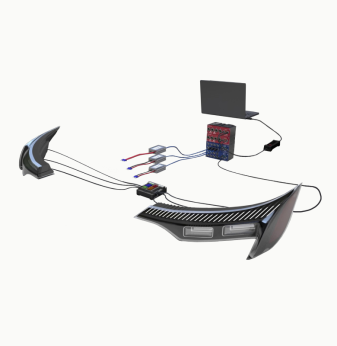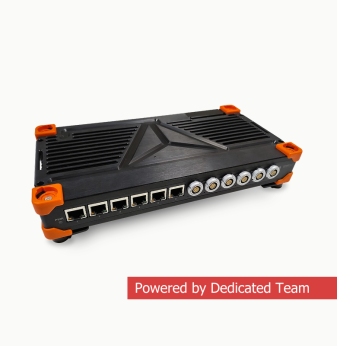Designing with SiP (System-in-Package): Opportunities and Trade-Offs for Embedded Engineers

Introduction: SiP Is Redefining Embedded Integration
As embedded devices shrink while becoming more capable, engineers face mounting challenges in PCB real estate, thermal management, and BOM complexity. Enter System-in-Package (SiP) — a packaging technology that integrates multiple dies (MCU, memory, PMIC, RF, etc.) into a single module.
Unlike traditional SoC integration, SiP allows heterogenous components to be tightly packaged while retaining design modularity and flexibility. But with these advantages come new trade-offs in cost, layout, thermal behavior, and supply chain.
This article provides a practical guide for embedded engineers evaluating SiP options for their next product — what problems it solves, where it fits best, and what to watch out for.
What Is System-in-Package (SiP)?
A SiP integrates multiple ICs and passive components into a single miniaturized package:
- MCU or SoC + memory (DRAM, flash)
- PMIC, passives, clock sources
- RF transceivers (BLE, Wi-Fi, LoRa)
- Optional antennas or shielding
It appears on the board as a single BGA or QFN module — simplifying assembly and reducing layout area.
Long-tail keyword example: "What is a System-in-Package and how is it different from SoC?"
Answer: SiP integrates multiple chips in one package but allows for heterogeneity (e.g., different process nodes). SoCs integrate functions onto one die. SiPs provide modularity, faster time to market, and easier upgrades.
Key Benefits of SiP for Embedded Designs
- Space savings: Ideal for wearables, sensors, medical implants
- Faster time to market: Pre-validated reference designs
- Simplified PCB layout: Fewer nets, no DDR trace tuning
- Reduced BOM complexity: One part replaces several
- Better signal integrity: Short interconnects within the package
- Factory calibration: SiPs often include pre-tested RF chains
Examples:
- Murata Type 1SC (NB-IoT + MCU + PMIC)
- Nordic nRF5340 SiP (dual-core BLE + memory)
- Octavo OSD32MP1 (STM32MP1 Linux SiP)
Common SiP Applications
- Wearables: Smart rings, fitness trackers
- Smart sensors: Asset tracking, environment sensing
- Medical devices: Patches, injectors
- Industrial IoT: Condition monitoring, low-power nodes
- Edge AI: Small modules with integrated AI accelerators

SiP vs. SoC vs. Module: What’s the Difference?
| Feature | SiP | SoC | Module |
| Integration | Multiple dies in one package | One die, high integration | PCB with discrete parts |
| Flexibility | Medium (configurable BOM) | Low (fixed functions) | High (replaceable chips) |
| Area savings | Excellent | Good | Moderate |
| Cost | Medium-high | Low (high volume) | High |
| Design time | Fast | Long | Fast |
Key Design Considerations with SiP
1. Thermal Constraints
- Compact packages concentrate heat
- Requires solid thermal vias and ground planes
- Watch for self-heating with RF and PMIC in one package
2. Power Budget and Regulation
- Some SiPs include internal PMICs; others need external rails
- Ensure power-up sequencing is well-defined
3. Routing and Assembly
- Fewer high-speed signals to route externally
- May require controlled impedance pads or blind vias
- BGAs demand higher-layer PCBs or via-in-pad designs
4. Testing and Debug
- Limited access to internal signals
- Rely on debug ports (e.g., SWD, JTAG)
- Consider boundary scan or BIST if available
5. EMI and Shielding
- SiP may include RF blocks; isolate analog/digital domains
- Use PCB shielding cans if SiP lacks internal shielding
Supply Chain and Longevity
- Fewer suppliers offer custom SiP configurations
- Relying on a single vendor SiP may affect long-term availability
- Choose SiPs with strong roadmap and production guarantees
Cost Implications
- SiPs reduce design and assembly costs — but may cost more per unit
- Ideal for low-volume or space-constrained applications
- Evaluate cost of alternate discrete + SoC + PCB layout solution
Summary: When to Use SiP in Embedded Projects
SiP technology bridges the gap between full custom design and off-the-shelf modules. It excels in applications where size, integration, and time to market matter more than cost or absolute performance. Understanding its thermal, electrical, and supply chain implications will ensure a successful deployment.
Why Promwad?
Promwad helps tech companies evaluate and integrate SiP modules in:
- Ultra-compact IoT and wearable devices
- RF and LPWAN-connected embedded systems
- Medical and industrial sensors
- Embedded Linux designs with high integration
We support layout, thermal design, debug access, and RF compliance.
Contact us to accelerate your SiP-based product development.
Our Case Studies












